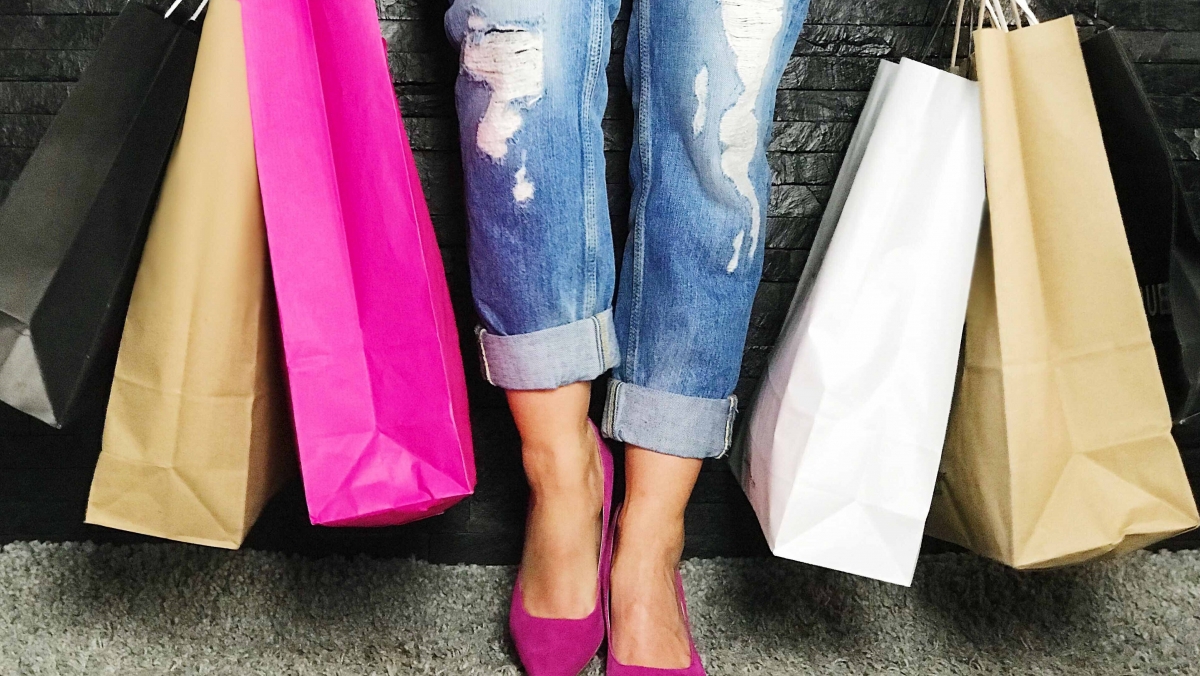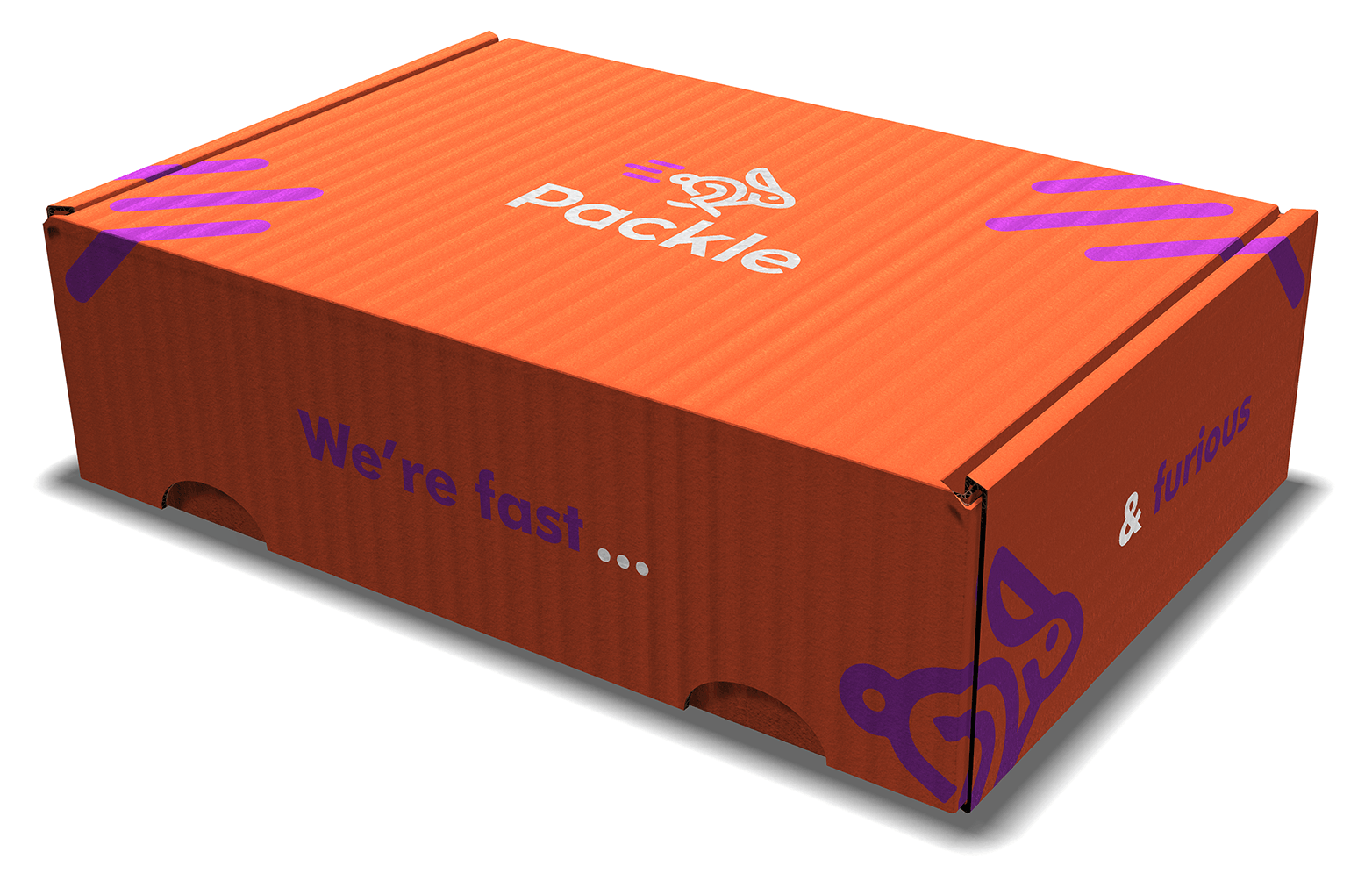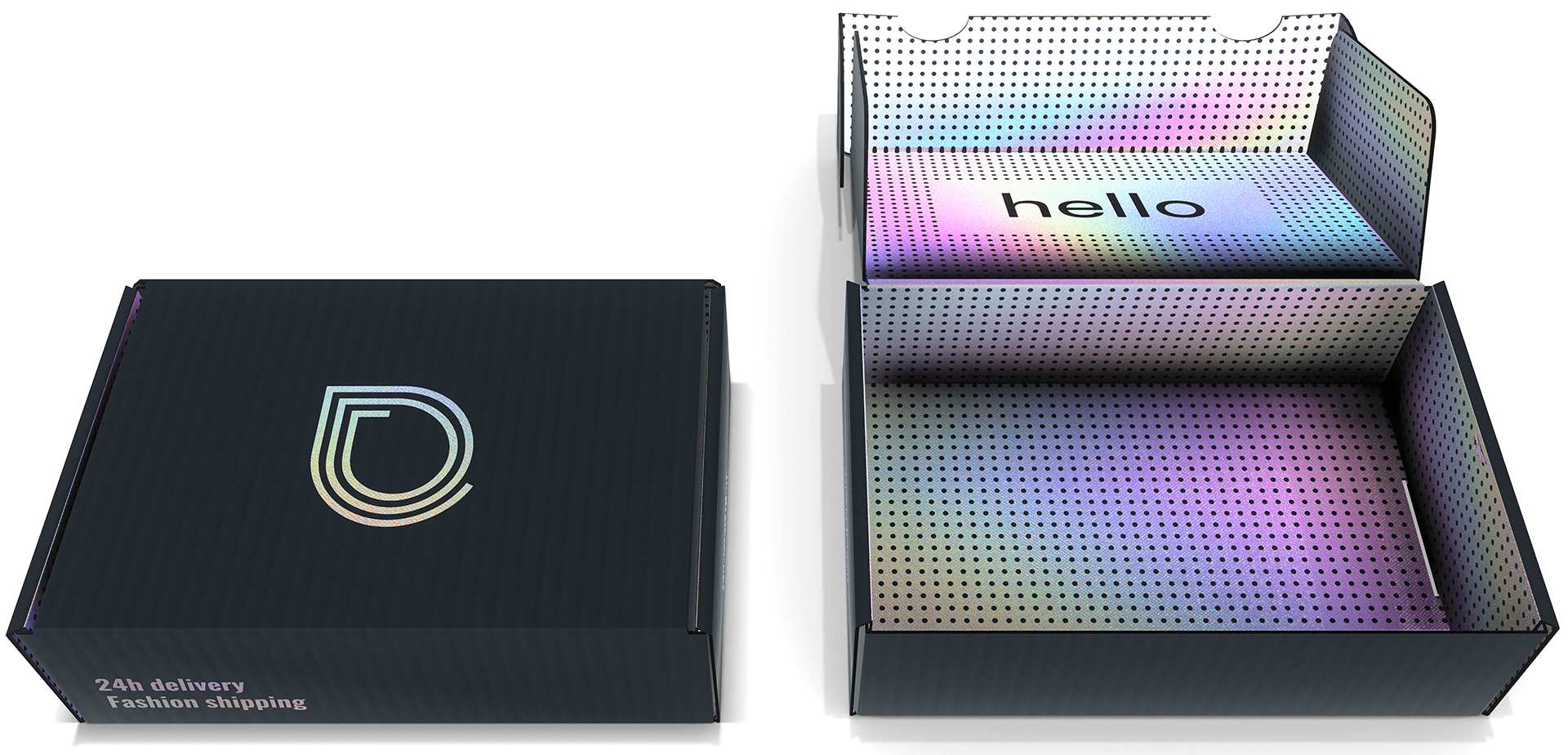Does sustainable packaging build brand equity?
For many brands, sustainable packaging is one element which supports building brand equity. As incorporating more sustainable practices and recyclable materials for packaging are quickly becoming central to a company’s ambitions, brand equity is built as consumers recognize the company's efforts and in turn brand image is boosted and eco-conscious customers make repeat purchases. But how else does sustainable packaging build brand equity in the long-term

Generation Z: changing the future of shopping, packaging and sustainability
A recent survey of Generation Z in the USA noted that 57% of respondents said that they prefer sustainable products, and it stands to reason that they will also prefer sustainable packaging.
The way that Generation Z is shopping, too, will have a profound effect on packaging as the industry shifts to meet spending habits as they look to incorporate sustainability in other ways – by purchasing fewer goods or turning their attention to eco-friendly brands, for example.
Premium brands and luxury remain tantalizing options though, although splurging on expensive goods isn’t always preferred, with Generation Z liking to save and spend responsibly. The ideal option: rent from an online platform, receive at home, use, ship back to the retailer. For those that prefer to buy products, purchases are much more likely to be sold online after use than for older generations, who might be more likely to donate or recycle than resell.
So how will this shape packaging and brand equity? 
Like most of us, Generation Z are time-short, but they are also ingenious and seasoned bargain hunters. In this new consumer landscape where it's increasingly common to rent or buy and resell online, Generation Z don’t want to go hunting for a shipping box to send a product back if it was rented or onwards to its new owner if they're reselling. Similarly, they don’t want to buy one from the post office if they can help it (after all, every penny counts!)
Only time will tell how packaging will adapt to these rental models, but it’s possible that shipping boxes, especially will be utilized by consumers differently: boxes will be used and shipped multiple times as goods are bought and sold privately, or products rented and then returned to the retailer in the same box.
Brands too, may well look to try use the purchase power of younger generations differently, investing in more prominent or premium branding options for their shipping, knowing that packaging is likely to have a longer lifespan or be used several times, and more people will come into contact with the branding. With visual appeal and special packaging looks a hit with Generation Z, brands will continue to invest in sustainable, alluring packaging that supports the showstopping looks that support brand equity in the long-term.
The demand for sustainable packaging will transcend generations
Packaging aimed specifically for the ‘Boomer’ generation is often wildly different from that aimed at Generation X, Millennials or Generation Z, and for good reason: with nearly 70 years between the oldest Boomer and the youngest members of Generation Z, the expectations and importance of packaging is significantly different.
Today, the one packaging trend that is set to transcend packaging trends is the desire for sustainable packaging. With glass and paper and/or cardboard tending to be the most easily recyclable packaging materials around the world, each generation is turning to brands to use materials such as these as staples of packaging.
Increasingly, sustainability is the cornerstone for brand equity, and sustainable and recyclable packaging materials will be firmly incorporated in any sustainability plans.

Brand equity and packaging: what part will sustainability play?
To the consumer, packaging is, largely a visual tool. From a manufacturing and industry standpoint, experts naturally to think about packaging in many different ways: protection, transportation, shelf appeal, branding, design, shape, material etc.
For most consumers – especially those browsing or simply ‘in-market’ to buy without having chosen a specific product to purchase, packaging supports is much simpler: of all the choices available to me, do I want to buy this product, at this price? In this narrative, the visual appeal of the packaging does much of the legwork, persuading the customer to buy.
In the average supermarket today, consumers are viewing hundreds of items a minute. A 2018 survey suggested that American's can spend more than USD 5,000 a year on impulse buys, and nearly 71% of that is on food and grocery shopping - packaging, of course will play a key role in that decision-making process.
Looking to the future, new brands may well look to build brand equity quickly as they enter the market, and many of them will choose to do this by introducing premium-look packaging. For other companies, rebranding in order to differentiate themselves from the competition may become a priority.
Increasingly, too, consumers - particularly younger generations - may start to refine their impulse buys on the basis of sustainability, with purchases favored from brands that offer lean, resourceful and sustainable packaging materials.